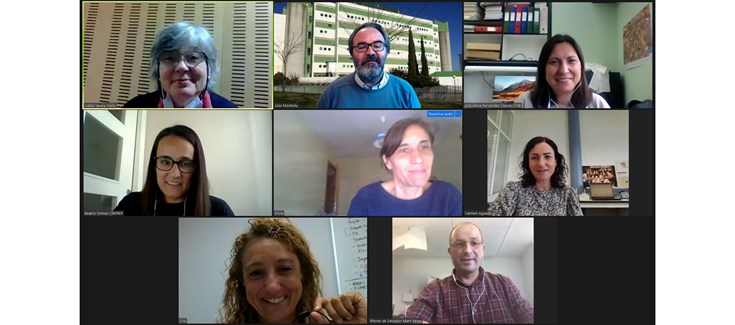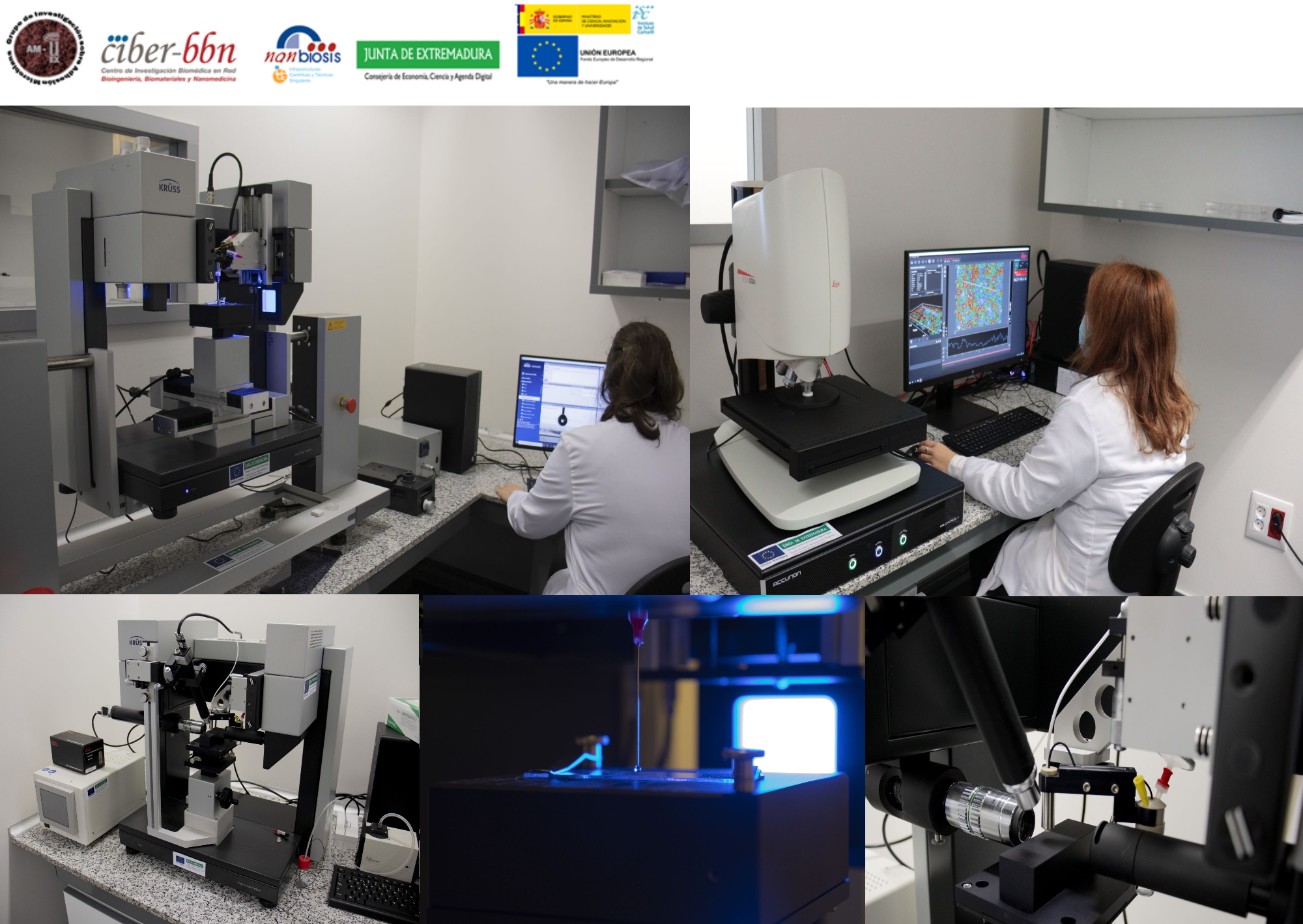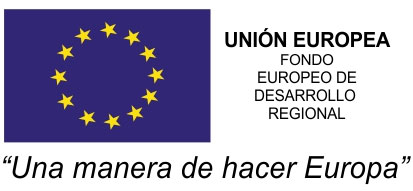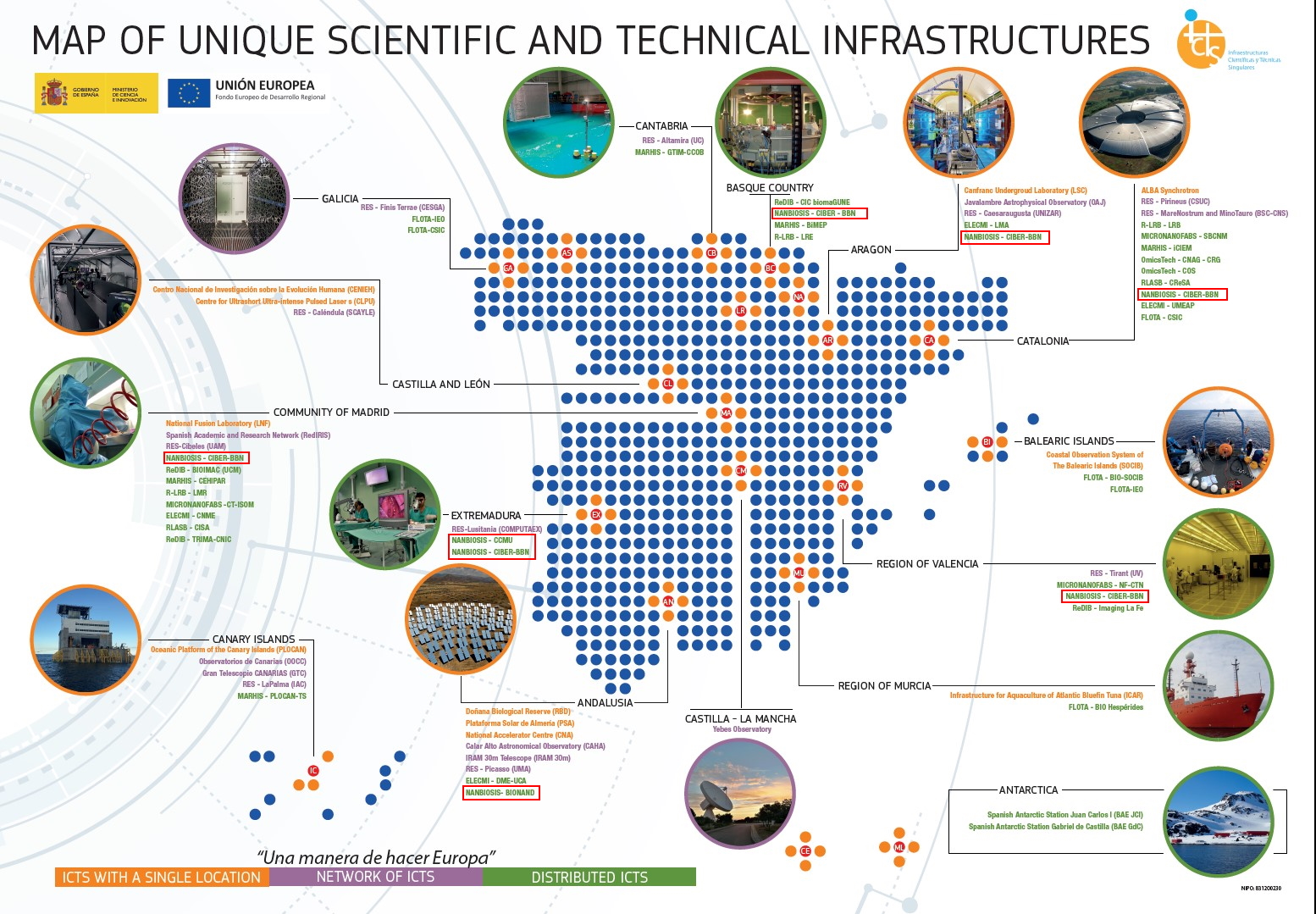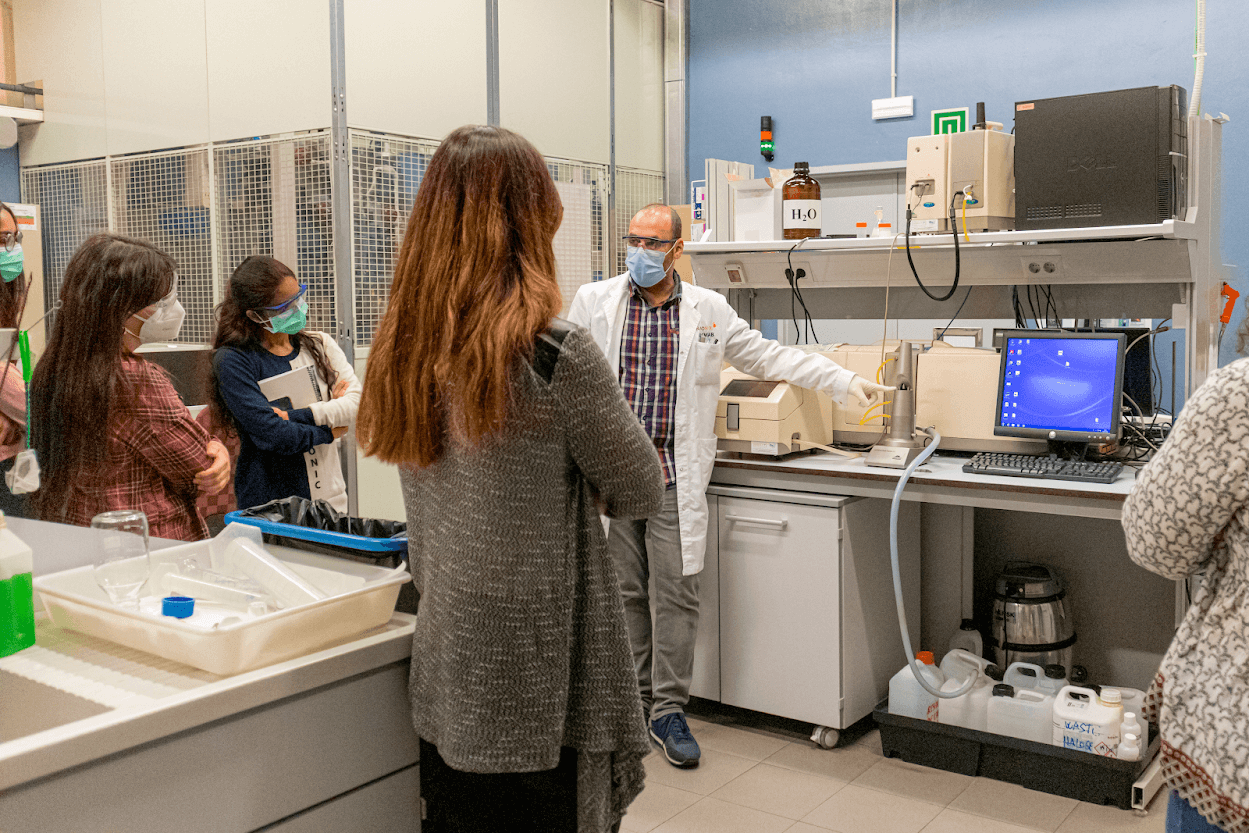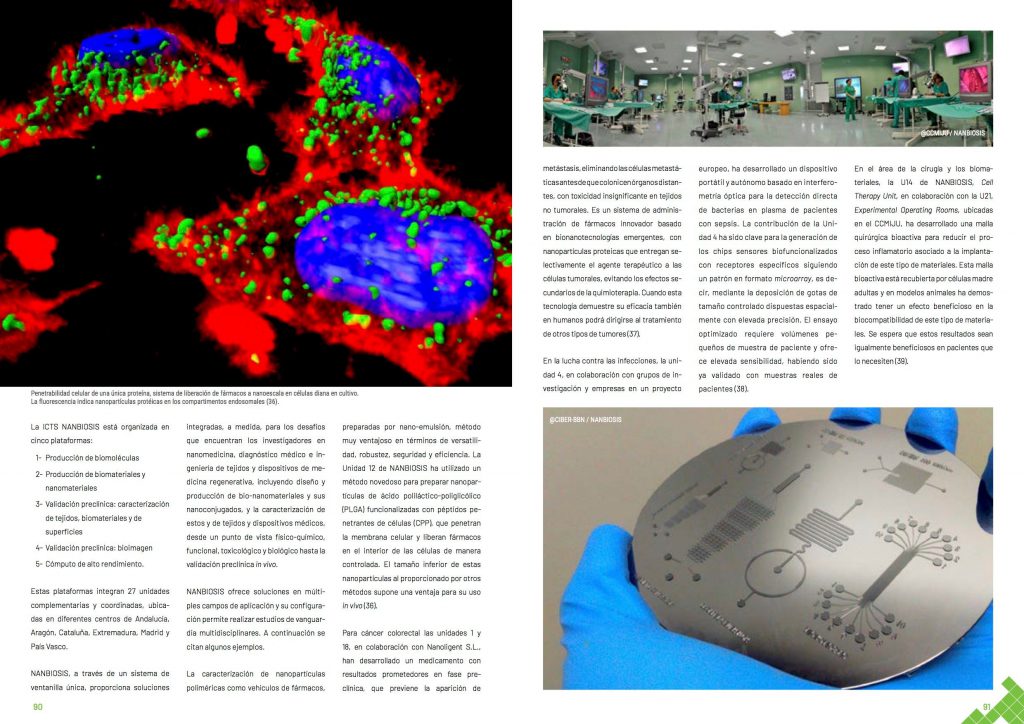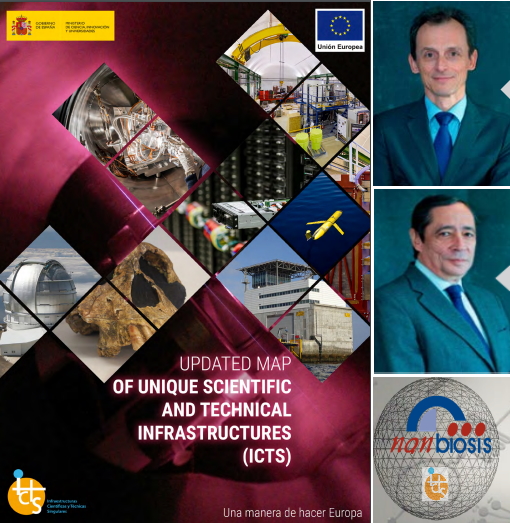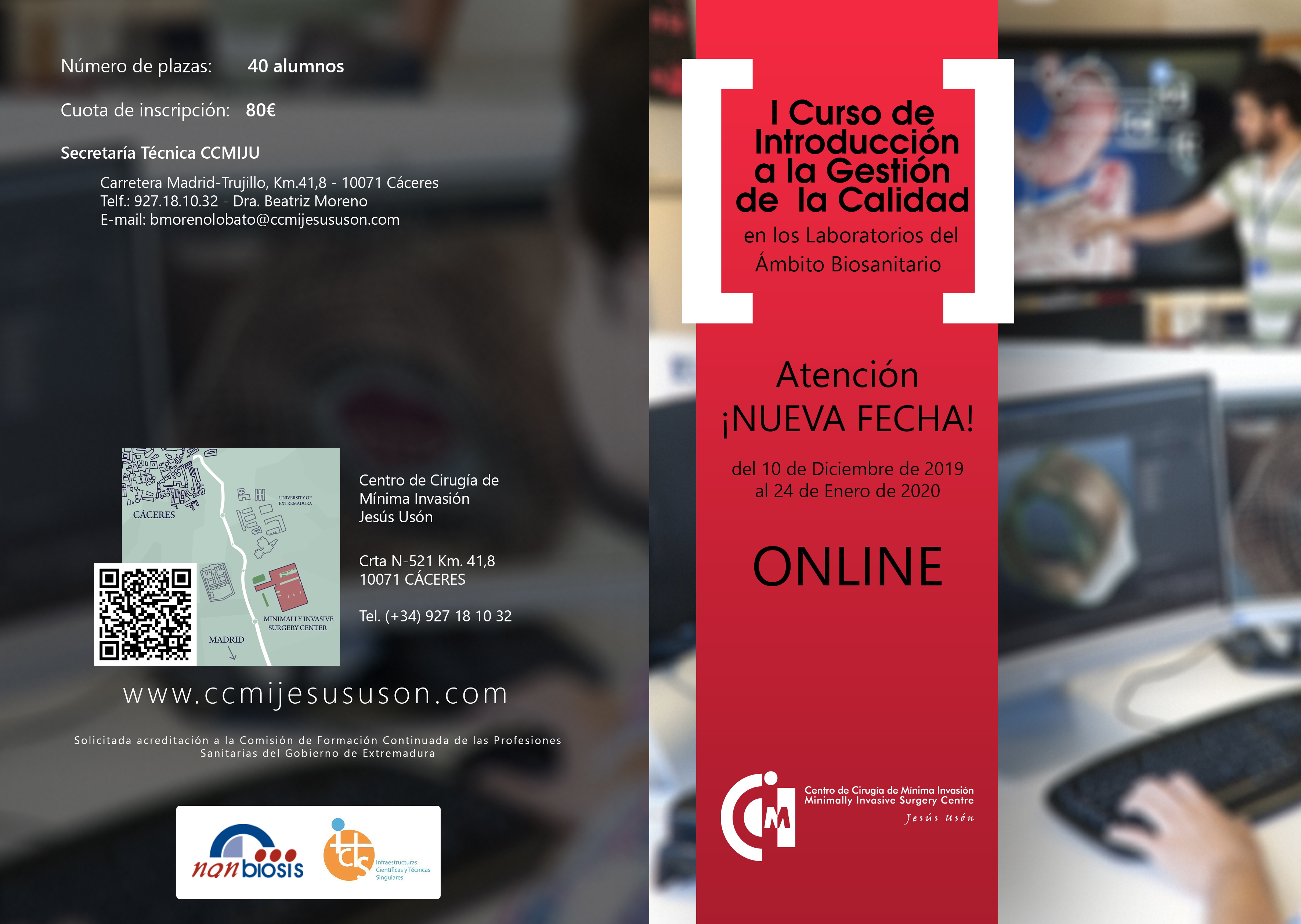NANBIOSIS participates in a transversal action of CIBER incorporated into the Biobanks and Biomodels Platform of the Carlos III Health Institute
Recently, a transversal action of CIBER has been started, coordinated by Cristina Villena, made up of teams from 4 thematic areas of the CIBER (CIBERES, CIBERER, CIBER-BBN and CIBERONC) that has constituted a unit of the CIBER that has been incorporated into the new Platform of Biobanks and Biomodels of the Carlos III Health Institute (ISCIII).
The CIBER unit has been selected in the call for ISCIII Platforms to support R+D+I in Biomedicine and Health Sciences of the Strategic Action in Health 2017-2020, which will finance the Platform of Biobanks and Biomodels and two more platforms on support to clinical research and revitalization of the industrial capacities of the National Health System.
This transversal unit of the CIBER, which is one of the 41 units that will be part of the Biobanks and Biomodels Platform, will be financed with more than 130,000 euros over the next three years.
The ISCIII Biobanks and Biomodels Platform (2021-2023) will coordinate the supply of biological samples of conventional diseases through the creation of virtual biobanks, and in turn, will develop the provision of services in the field of organoids, animal models and 3D printing of tissues.
The CIBER unit initially involved, (due to their long experience in providing services), the CIBER Pulmonary Biobank Platform for Respiratory Diseases (PBP CIBERES), with 12 years of operation; the CIBER Biobank of Rare Diseases (CIBERER Biobank, CBK), with 9 years; the Mouse Embryo Cryopreservation Service (CRIOCNB) and Histology (HISTOCNB) of the CIBERER (CNB-CSIC) with 16 years; and the Non-Invasive Neurofunctional Evaluation Service (ENNI) of the CIBERER (Institute of Biomedical Research “Alberto Sols” (IIBM-CSIC / UAM)) with 14 years; as well as the ICTS NANBIOSIS platform of the CIBER for Bioengineering, Biomaterials and Biomedicine (CIBER-BBN) with 8 years and the work modules of the Center for Biomedical Research in Cancer Network (CIBERONC).
This initiative, based on the collaborative work of several thematic areas of the CIBER, has as main objectives: (i) to create a CIBER catalog of biological samples and biomodel services available to consultable R + D + i, and with a common integrated management to be able to develop a CIBER Virtual Biobank; (ii) identify new existing biomodels at the CIBER, as well as technical capabilities and services that may be of interest, which can also be offered to researchers outside the institution itself; and (iii) create alliances with other similar structures to harmonize procedures and processes in the provision of research services.
“Without a doubt, this platform will improve the visibility, performance and offer of all the existing bio-resources and research support services at the CIBER, which will contribute to improving collaboration between researchers, the quality of research, as well as the transfer to the clinical practice and the productive sector ”, according to Cristina Villena
ISCIII platforms
The ISCIII Platforms are a set of research centers and groups that share their high-level scientific-technical capacities with research groups of the National Health System (SNS), and with a clear orientation to health sciences, to patients and their families, with the aim of making Spanish groups more competitive in the new Horizon Europe program.
In the 2020 call, the ISCIII has financed the Biobanks and Biomodels Platform and 2 more platforms, the Support Platform for Clinical Research and a platform that will facilitate the industrialization of the developments and research of the National Health Service, with a Global financing for the three platforms of 27 million euros to be executed during 2021-2023.
